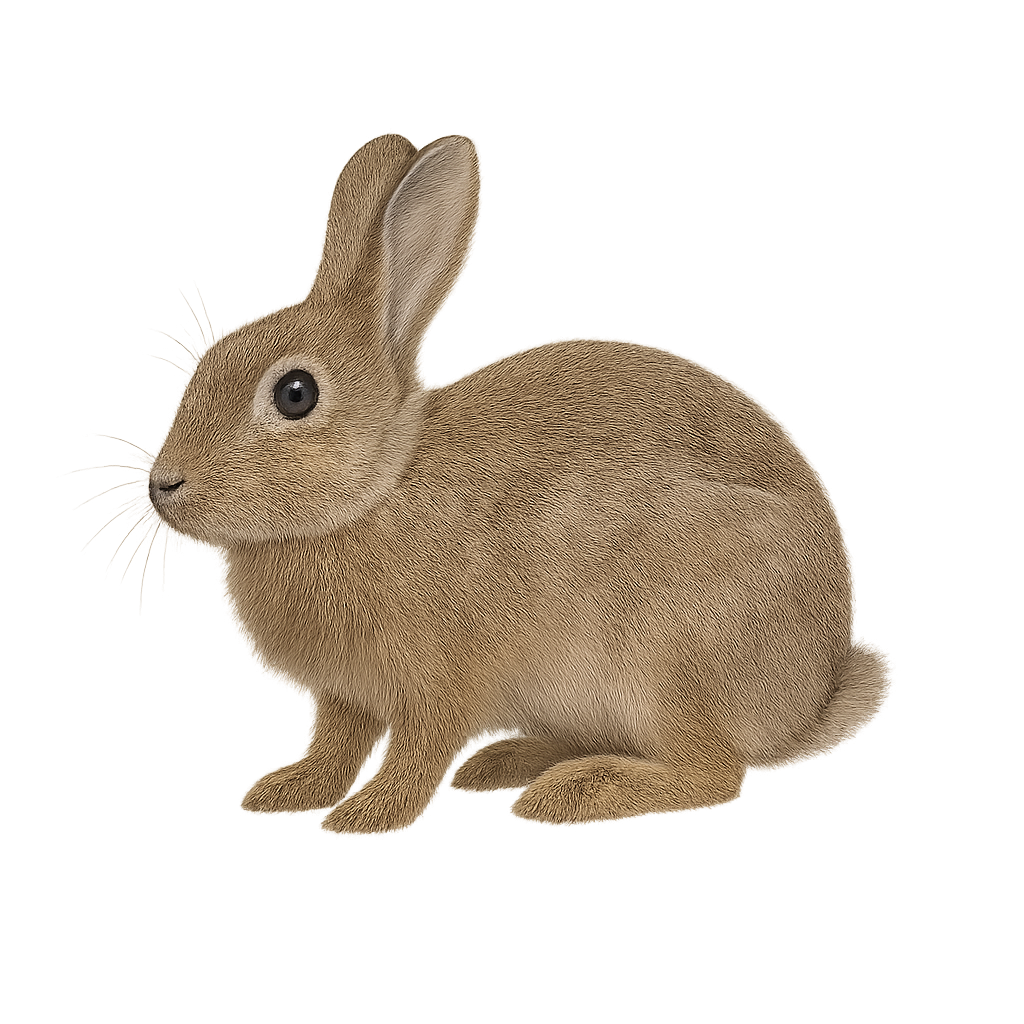Observe and photograph a species in its natural habitat
Learn where and when to observe a species in the wild, how to recognize it in the field, and what habitats it lives in. Get photography tips adapted to its behavior and capture stunning images without disturbing the animal. For full details, open the complete profile in the WildlifePhotographer app.
European rabbit
Scientific name: Oryctolagus cuniculus

IUCN Status: Least Concern
Family: LEPORIDAE
Group: Mammals
Shyness: Suspicious
Safe distance: 50 m
Breeding season / Courtship: 15.02-15.08
Gestation: 28-31 jours
Births: 15.02-31.08
Habitat:
Meadows and fields
Description:
The European Rabbit is a small herbivorous mammal, widely distributed across Europe and in certain parts of the world where it has been introduced. It measures about 40 to 50 cm in length, with a short tail and soft fur that varies from light gray to brown, with a white belly. The European Rabbit is known for its long ears, bright eyes, and powerful hind legs that allow it to leap quickly. It typically lives in groups in burrows called "warrens," which it digs in soft soils or dense vegetation. This rabbit is primarily herbivorous, feeding on grasses, roots, leaves, and fruits. While it is an excellent breeder, with several litters a year, it is vulnerable to predators such as foxes, birds of prey, and carnivores. Despite its large population, the European Rabbit is threatened in some areas by excessive hunting, habitat loss, and the spread of diseases. It plays an important role in ecosystems as prey for many carnivores and as an ecological engineer, digging burrows that alter soil structure.
Recommended lens:
>=300 mm
Photography tips:
Use a telephoto lens to photograph from a distance, respecting the discreet nature of the species.
Photograph early in the morning or late in the afternoon, when the soft light highlights the fur of the European rabbit.
Look for it in various habitats, such as meadows, hedgerows, open forests, and gardens, where it mainly feeds on herbaceous plants, bark, and young shoots.
Be patient and discreet to avoid disturbing its natural behavior. Avoid abrupt movements and remain silent.
The European rabbit is classified as a minor concern by the IUCN. However, it is sensitive to habitat loss and human disturbances, especially during the breeding season. It is essential to respect its environment and minimize disturbances.
Ready to take action?
Choose your platform and start your free trial today



